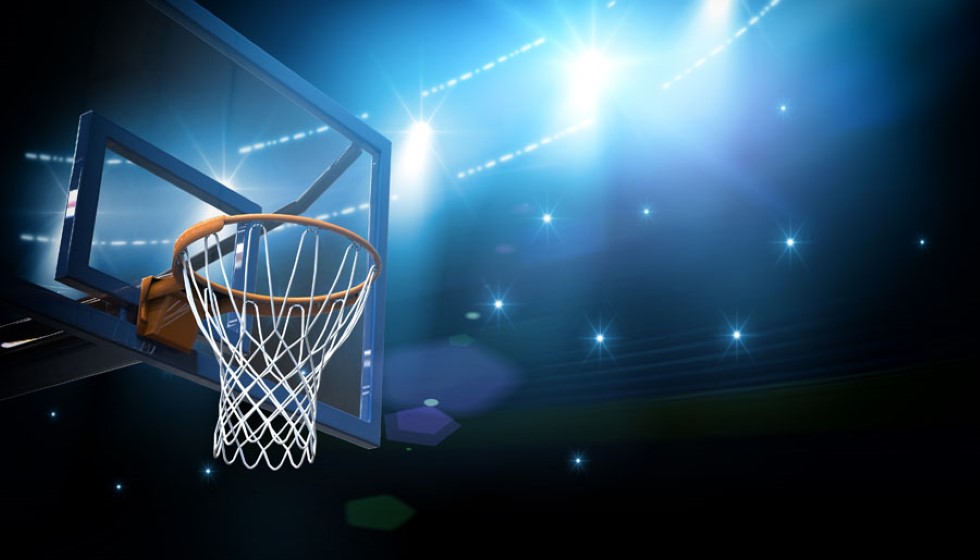
The National Basketball Association (NBA) is on the brink of unveiling a significant update to its policy on cell phone and social media use by players and coaches during games. Originally instituted in 2009 and informally dubbed the "Villanueva rule," the existing regulations are undergoing their first major overhaul. This change comes as the league seeks to adapt to the evolving technological landscape and new challenges, such as the implications of legal sports gambling.
A Collaborative Update
The revised policy has been crafted with input from both the NBA and the National Basketball Players Association (NBPA), ensuring that the voices of players are heard alongside those of league administrators. This consultation process highlights a more collaborative approach to rule-making within the league, reflecting a mutual understanding of the dynamic nature of modern sports entertainment and communication.
One of the key updates is the clarification of what constitutes "during games." According to the new measures, this period spans from 45 minutes before the tip-off until all post-game media obligations have been fulfilled. By defining this timeframe, the NBA aims to maintain focus on the game and prevent potential distractions that could arise from unwarranted device usage.
Responding to New Challenges
The review and subsequent revision of the policy have been influenced significantly by the rise of legal sports betting. Notably, Jontay Porter's case, where he faced a lifetime ban for allegedly leaking information to bettors, underscores the gravity of maintaining a stringent approach to information security within the league. This situation has driven the NBA to introduce a specific measure: appointing a single point of communication for players and coaches during the period of restricted cell phone use, minimizing chances for insider information leaks.
While the NBA has yet to detail the penalties for breaching these updated policies, the emphasis on stricter control reflects an urgent need to safeguard the integrity of the game. "Insider information," when mishandled, has the potential to significantly impact not just betting outcomes but also the credibility of the league itself. This is a critical factor in the league's decision-making process.
Individual Team Responses
Interestingly, some NBA teams have already taken proactive steps by enforcing their own, more stringent regulations on cell phone and social media usage. These individual team policies often exceed the league’s baseline requirements, reflecting an understanding of the closer connection between constant connectivity and potential focus-related issues during games.
Efforts by individual teams may also serve as a testing ground for the effectiveness of various measures, possibly influencing the broader league policy in the future. This two-pronged approach allows for immediate focus improvement while providing data that could refine practices league-wide.
Looking Into the Future
The NBA’s decisive move to update its policy highlights the complex relationship between technology, sports, and governance. As the industry continues to grapple with these interconnections, establishing coherent and effective rules becomes increasingly critical. Furthermore, it reflects the league’s dedication to leading with a forward-thinking approach that prioritizes both competitive integrity and player engagement.
By establishing a firm but flexible framework for cell phone and social media use, the NBA is seeking to balance the benefits of connectivity with the imperative of preserving the sanctity of the game. How these changes will play out on the court remains to be seen, but the league's strategy illustrates a sophisticated understanding of contemporary sports management challenges.